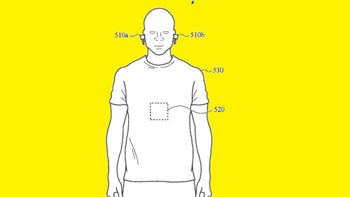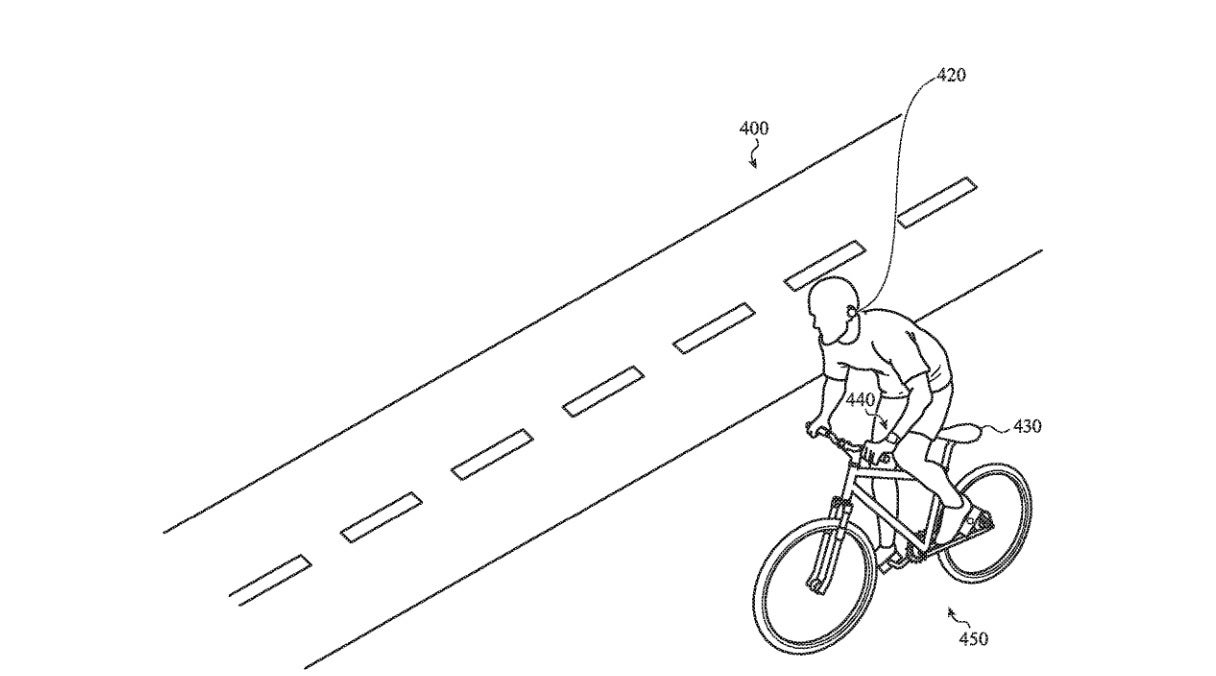New patent for the AirPods received by Apple could be a lifesaver

While unknown manufacturing issues kept Apple from launching the OG AirPods in October 2016 as initially announced, two months later the wireless Bluetooth earbuds were ready to ship. Would consumers go for the oddly designed accessory that looked like something from the future, but at the same time left users open to ridicule? The answer was a resounding "YESSSS!" and the AirPods has been number one in its category since.
But Apple, like most other tech firms, doesn't stop improving a product just because it is hot; that is a recipe for getting overtaken by the competition. So in March 2019 Apple introduced the second-generation AirPods that added the ability to call for Apple's digital assistant by saying "Hey Siri." It also improved the battery life of the product and offered a long-rumored wireless charging case. The new (at the time) H1 chip replaced the W1 chip in the original unit providing 50% more talk time and other improvements. Apple followed this up with the release of the AirPods Pro a bit more than six months later. The "Pro" version of the "earable" features Active Noise Cancellation to block out annoying distractions and the Transparency Mode when it is important to let noise from the outside in.
Apple receives patent for system that allows AirPods wearers to hear ambient sounds that could be dangerous
A U.S. patent awarded to Apple by the U.S. Patent and Trademark Office (USTPO) published today (via AppleInsider) reveals a way to automatically change the volume of the AirPods to allow certain content to be heard by the user to protect him or her from getting involved in a deadly accident. Titled Contextual audio system, this involves the use of a wearable audio system and a sensing device. As Apple made sure to note in the patent, "In some embodiments, the sensing device and the wearable audio device are the same." Apple goes on to say, "Generally, the contextual audio system employs different types of data to determine a user's location and/or activity (both of which are examples of "context") and adjust audio output of the wearable audio device portion of the system." The audio could be lowered or shut off completely depending on the situation.

Illustration from Apple's new patent
Apple already has an Automatic Ear Detection system that will pause the playback of streamed content when one of the earbuds is removed. When both buds are taken out of the wearer's ears, the content is stopped and the audio comes out of the speaker of the user's connected device-like an iPhone or iPad.
The system would work automatically and determine the level of audio volume that needs to be allowed through the Active Noise Cancellation. This level is based on how the earbuds are inserted in each ear. Both can be in one or both ears, partially inserted in one or both ears, or out of one or both ears. Positional data is also used to calculate the optimal way for the AirPods wearer to hear ambient noise that might be the result of something dangerous taking place in the proximity of the user. Apple gives a good explanation for the importance of the technology it is working on. The company states in the patent, "Recent advances in portable computing have provided users with an unprecedented amount of content to consume in nearly any setting. Wearable electronic devices, such as earbuds, headphones, glasses, and the like provide audio to a usersubstantially wherever or whenever he or she may be. While this facilitates user choice, it has the unintended side effect of often consuming a user's attention, or otherwise distracting him or her, in some situations. This may impact a user's safetyas well as the safety of those around her."
You might note that Apple also mentions other wearable devices that could benefit from the patent. That includes Apple Glass and even future headphones such as the rumored over-the-ear AirPods X.










Things that are NOT allowed: